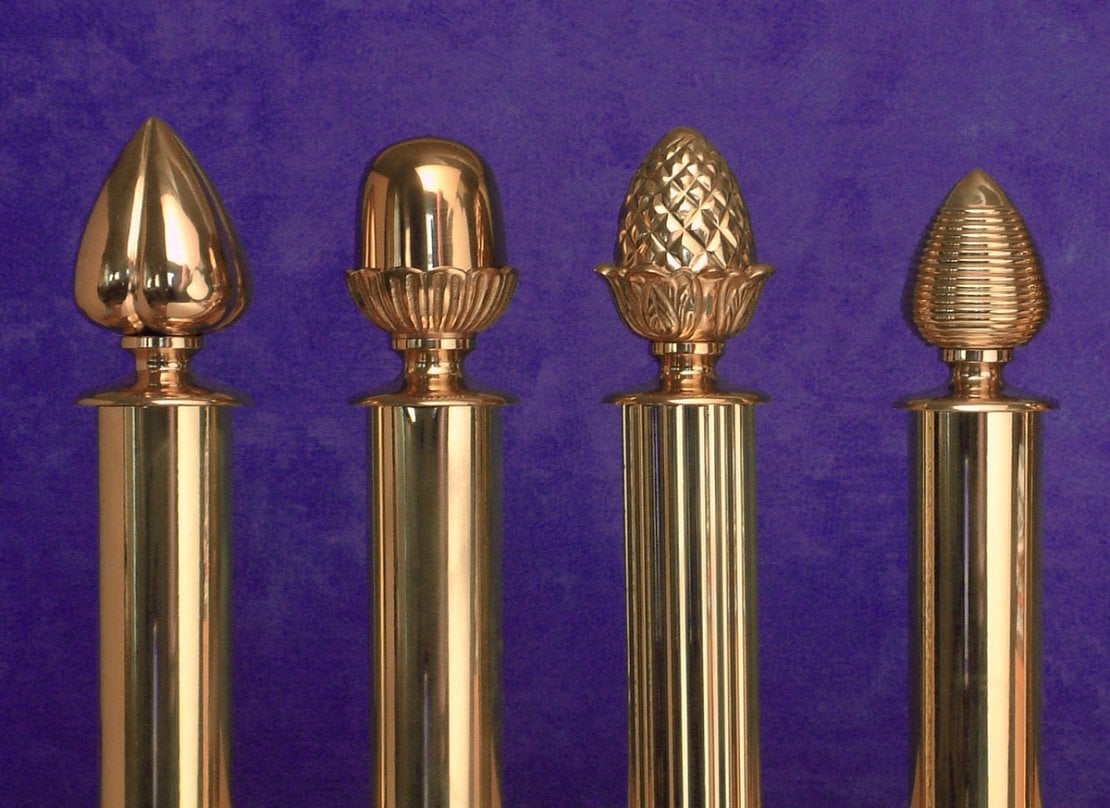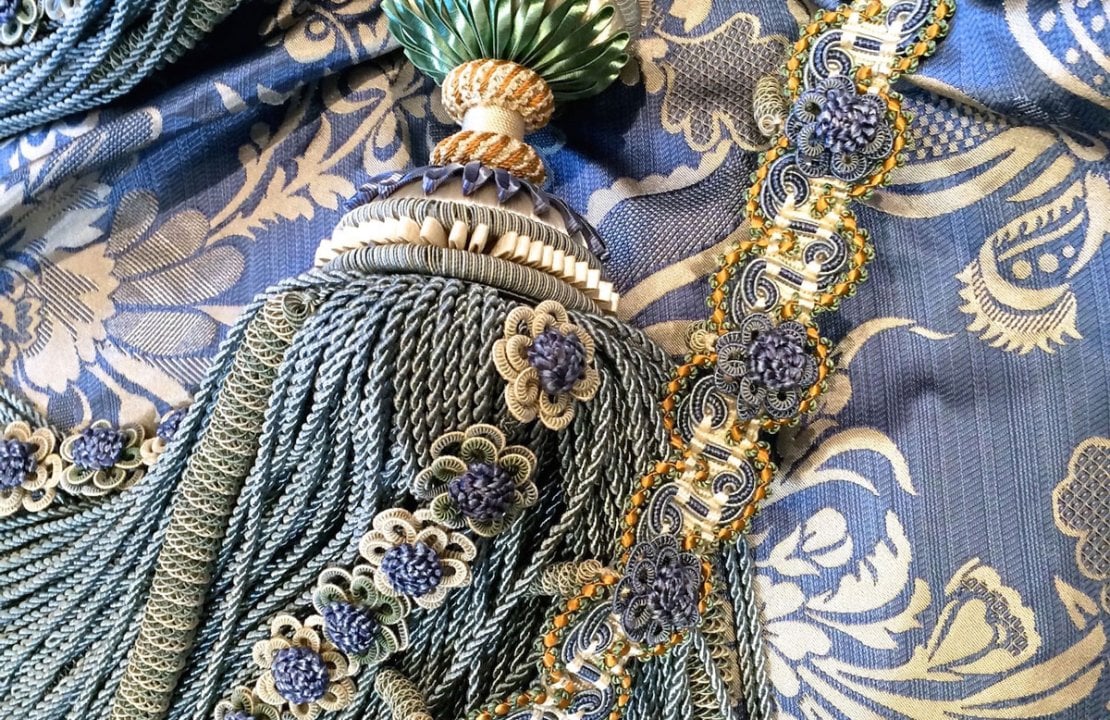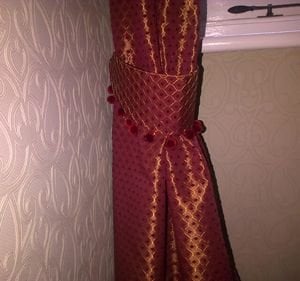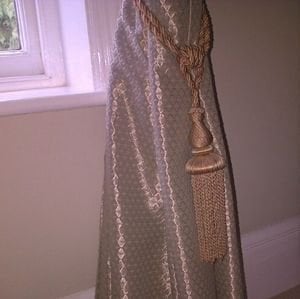What are the curtain accessories needed for a typical curtain pole?
The curtain pole is the most important curtain accessory as without a curtain pole the curtain would be unable to hang in front of the window. Curtain poles are available in metals and woods, in straight poles, reeded or fluted poles, plain or stained, or painted in a variety of colours and finishes. The finish of a curtain pole should be considered in conjunction with your curtain fabric. If your curtain fabric is plain or only a couple of colours, a highly decorated hand painted pole will be a lovely complement to it. However, if your curtain fabric is busy or fussy, you should choose a pole that complements the colours but is itself fairly plain. For a Victorian house with traditional curtain material, a brass pole is recommended. A reeded, twisted or fluted pole can look beautiful if you have the budget but bear in mind that your curtain rings will move less easily along a reeded or fluted pole than they will along a plain pole. To go with your pole you will need curtain rings and also pole brackets. Brackets attach the curtain pole to the wall. For most lengths of curtain poles, you will probably need two end brackets and a centre bracket, especially if your curtain fabric and lining are heavy. Always use raw plugs when screwing the curtain brackets into your wall and take care when drilling and fixing the pole so as to not need to touch up your paintwork.

You will wish to purchase curtain rings at the same time as you purchase your curtain pole and get curtain rings made from the same material as your curtain pole, most likely a stained wood or brass. The usual calculation for curtain rings is 12 rings per metre of pole.
Any curtains are enhanced by a decorative tie back or curtain holdback. A tie back is made from fabric or thread and can be purchased off to the shelf to complement the curtain fabric or made out of the curtain fabric as shown in the examples below. Read our tie back article.
Curtain holdbacks are usually made from metal or wood although they can be made from any hard material such as bone. Brass holdbacks with decorative patterns are the most authentically Victorian in style although you may choose nickel or chrome finishes for other periods of houses. They are screwed into the wall and the curtain is tucked behind the holdback when open to keep it in place.
The Victorian Emporium sells a great range of beautiful Victorian curtain accessories in brass and other metals and in plain, stained and painted wood finishes.




Posted by Tim - Jun 19, 2015 - 04:56
I have a question somwhat unrelated to this topic, but I have an archway between my vestibule and first parlor room; I’d like drapes there and I think it’s an obvious choice. However, are drapes hung on one side, or both? Either? I am thinking both sides with lace panels always closed, curtains always drawn. Should they only be on one side?